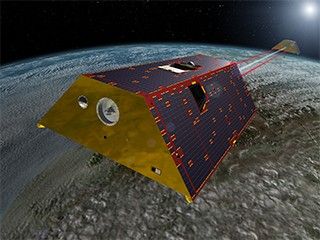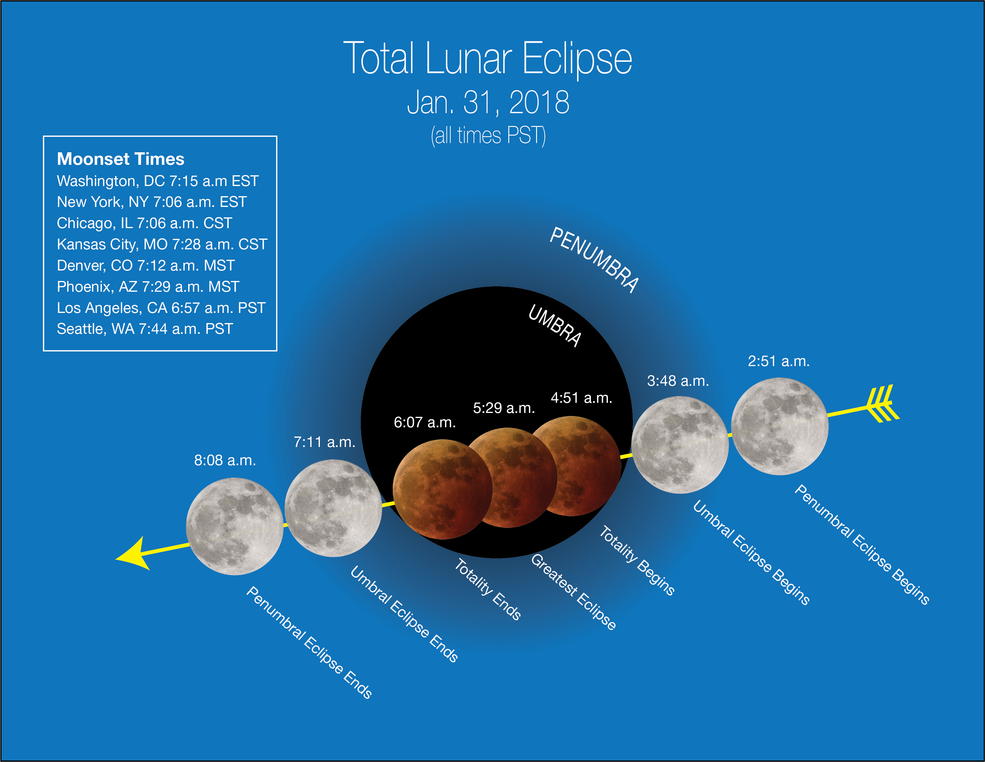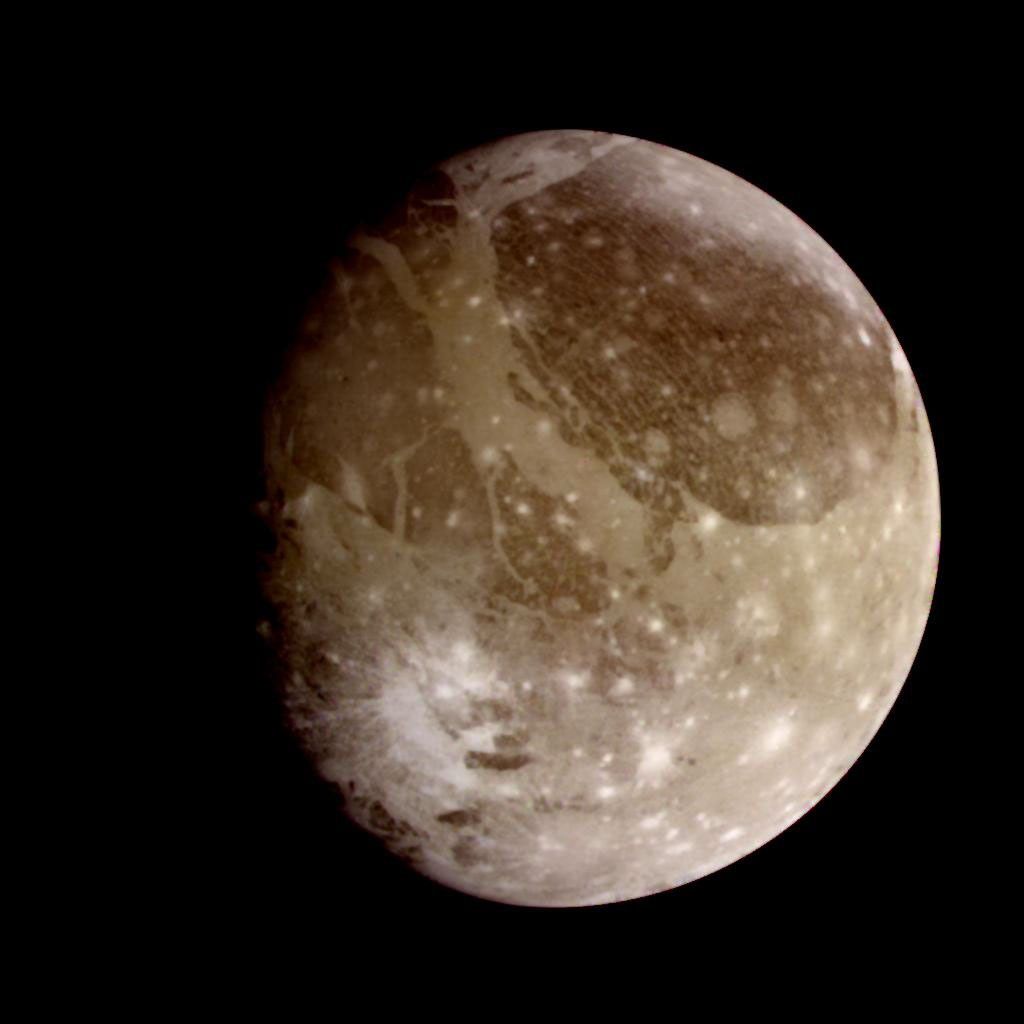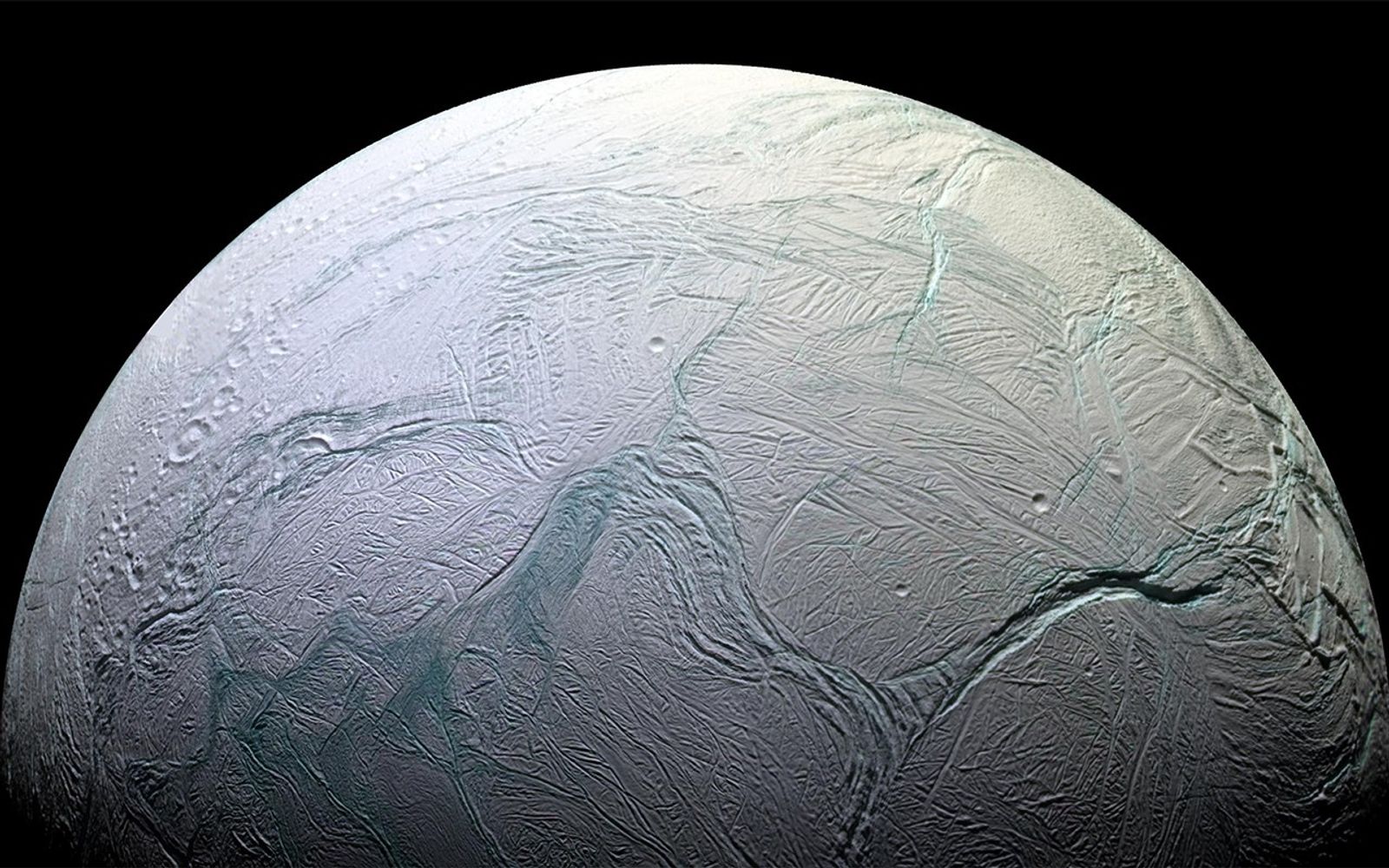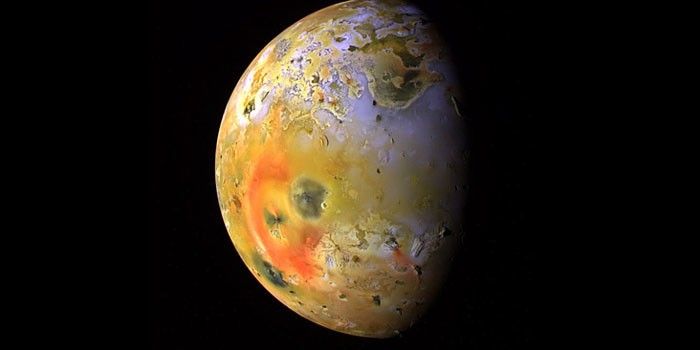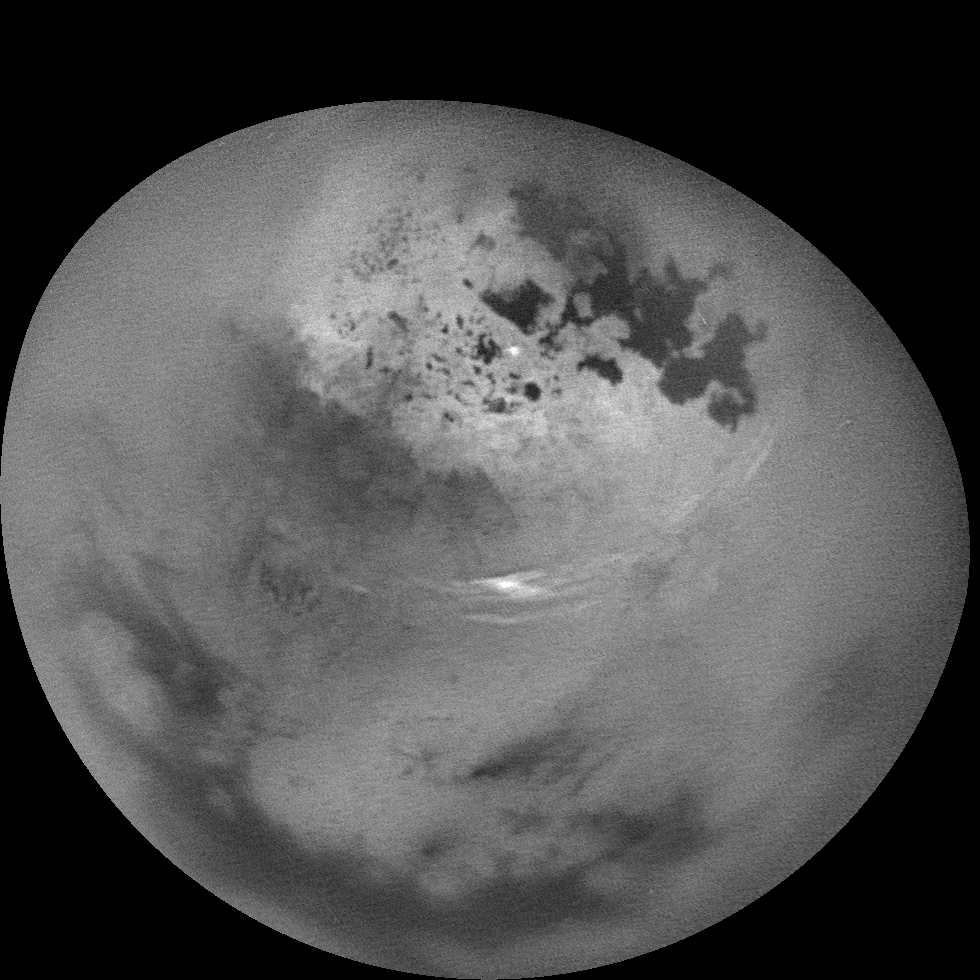
1. Titan’s Seas are Methane Rich
Cassini confirmed that Titan’s seas are primarily composed of pure liquid methane. Scientists expected Titan’s seas to contain ethane, which is produced when sunlight breaks apart methane molecules in Titan’s atmosphere. But Cassini’s radar found in 2014 observations that Titan’s second-largest sea is primarily methane.
In 2016, scientists reported on a new study, that independently confirmed the 2014 result. The exact mixture of hydrocarbons in Titan’s seas is currently unknown and remains for a future mission to explore.
See also:
Cassini Explores a Methane Sea on Titan
2. Cassini Detects Interstellar Dust
Cassini’s Cosmic Dust Analyzer has sampled millions of ice-rich dust grains since the spacecraft began orbiting Saturn in 2004, and a few dozen grains had the tell-tale characteristics of being from interstellar space — the space between solar systems.
The 36 interstellar dust grains Cassini detected were traveling over 45,000 mph (72,000 kilometers per hour), fast enough that the gravity of our sun and planets would not have trapped the dust in our solar system. If Cassini’s Cosmic Dust Analyzer hadn’t captured the grains, they would have continued straight through our solar system and back into interstellar space. Other spacecraft had previously detected interstellar dust, but Cassini was the first to analyze the grains’ composition.
With the variety of stars in the universe, and the variety of cosmic dust they produce when they die, scientists expected Cassini to find variety among interstellar dust particles. But the grains Cassini detected have apparently become rather uniform through some repetitive process in the interstellar medium.
See also:
Saturn Spacecraft Samples Interstellar Dust
3. Opaque Areas of Saturn’s Rings are Less Massive Than Expected
Cassini found that the more opaque regions of Saturn’s rings aren’t necessarily more dense than the more transparent regions. On Earth, dense fog is harder to see through than a thin fog because the denser the fog, the greater its concentration of water droplets. But in an analysis of Saturn’s B ring, the brightest and most opaque ring, scientists found that, while the opacity of the B ring varied by a large amount across its width, the mass (or amount of material) did not vary much from place to place. The mass of Saturn's rings has important implications for their age. The less massive a ring is, the faster it should evolve and become darkened by dust from meteorites and other cosmic sources. So the less massive the B ring is, the younger it might be — perhaps a few hundred million years instead of a few billion.
See also:
Saturn’s Rings: Less than Meets the Eye?
4. Hexagon’s Interior Changes Colors
Cassini observed that Saturn’s atmosphere inside the planet's north polar hexagon changed colors over time.
Cassini’s visible light camera system has captured dozens of images of Saturn’s north polar region. But natural-color images from Cassini’s wide-angle camera in 2016 found a color quite different from those captured in 2012 by the same camera. The region within the hexagon appears to have shifted from a bluish color to a golden hue over four years.
Scientists aren’t certain what caused the change in color, but they suspect it could be related to seasonal effects.
See also:
Changing Colors in Saturn's North
5. Enceladus Jets Let Loose When Farthest From Saturn
At least some of the narrow jets that erupt from the surface of Enceladus do so with increased fury when the moon is farther from Saturn.
Previous Cassini observations showed that the volume of ice particles jetting out of Enceladus triples when the moon is farthest from Saturn. But scientists had never had a chance to observe a change in the amount of gas (water vapor), which comprises 90 percent of the material in the plume.
In March, Cassini’s ultraviolet imaging spectrometer (UVIS) stared at Epsilon Orionis, the central star in Orion’s belt, as the plume of Enceladus passed between the star and the instrument, and gas in the plume dimmed the star’s ultraviolet light. Scientists expected to find that the gas vented far more intensely in this part of the moon’s orbit similar to the way the volume of ice particles had tripled. Instead, they found the gas increased by only 20 percent.
The researchers then looked nearer to Enceladus’ surface at an individual jet and found it was releasing four times more gas than usual. It may be that the volume of gas from some jets doesn’t increase much, but that the observed three-fold increase in ice particles is driven by a handful of jets releasing more gas that lofts the particles.
See also:
Enceladus Jets: Surprises in Starlight
6. Summer Clouds Form on Titan
The Cassini spacecraft watched clouds of methane moving across the far northern regions of Saturn's largest moon, Titan, in late October. Scientists forecasted more cloud activity in Titan’s northern hemisphere in early summer than what Cassini has observed so far, suggesting that the current understanding of the giant moon's changing seasons is incomplete.
Cassini’s luck changed Oct. 29 and 30. Most of this year's cloud observations have been snapshots taken days or weeks apart. But in this observation, Cassini captured images that were strung together in a time-lapse covering 11 hours (see main image), with one frame taken every 20 minutes.
This was Cassini’s best opportunity in 2016 to study short-term cloud dynamics, and the resulting movie reveals several sets of clouds moving as they develop and then fade. Scientists use time-lapse movies to study the dynamics of clouds as they develop, move over the surface and fade.
See also:
Watching Summer Clouds on Titan
7. Cassini Finds ‘Impossible’ Cloud of Exotic Material on Titan
Scientists were puzzled by the appearance of an ice cloud in Titan’s stratosphere, seemingly out of thin air. Cassini found that the cloud was made of the compound dicyanoacetylene (C4N2), one of the chemicals that colors the giant moon's hazy, golden atmosphere.
When passing through the Saturn system decades ago, the Voyager 1 spacecraft detected just such an ice cloud on Titan. Voyager 1 detected less than 1 percent of the dicyanoacetylene gas needed for the cloud to condense, leaving scientists puzzled ever since. Cassini’s observations were similar.
The numbers don't compute for the bizarre ice cloud. The Cassini scientists determined that they would need at least 100 times more C4N2 vapor to form an ice cloud where the spacecraft observed it, prompting NASA scientists to consider that clouds form on Titan through a different process than previously thought, maybe similar to that seen over Earth's poles.
See also:
NASA Scientists Find ‘Impossible’ Cloud on Titan – Again
8. Titan Has Steep, Flooded Canyons
Cassini found deep, steep-sided canyons on Saturn's moon Titan that are flooded with liquid hydrocarbons.
Although long suspected, it was the first direct evidence of the presence of liquid-filled channels on Titan, as well as the first observation of canyons hundreds of meters deep there. Generally less than half a mile (a bit less than a kilometer) wide, with slopes steeper than 40 degrees, the observed canyons are also quite deep — 790 to 1,870 feet (240 to 570 meters) from top to bottom.
Scientists discovered the channels by analyzing Cassini data from a close, 2013 pass of Titan. Cassini's radar instrument targeted channels that branch out from the large, northern sea Ligeia Mare. Scientists often use the instrument as an imager, peering through the dense haze that surrounds Titan and revealing the surface below. But this time they used the radar as an altimeter, pinging radio waves to the moon's surface to measure the height of features there.
See also:
Cassini Finds Flooded Canyons on Titan
9. Saturn’s Interior Hints That Moons Could Be Younger Than Thought
Cassini scientists estimated that Saturn’s moons might be migrating away from the planet relatively quickly, which would indicate that the moons are younger than previously thought.
Just as the gravity of Earth’s moon causes tides that influence our oceans, the moons of Saturn influence the movement of gases and fluids on Saturn. The gravitational relationship between a planet and its moons also causes the planet’s rotation rate to decrease over time. The lost momentum doesn’t disappear, but rather is stolen by the moons, whose increased momentum allows them to get progressively farther from their parent planet.
Scientists used Cassini data about several of Saturn’s moons from the spacecraft’s long time at Saturn and compared it to historical observations of the moons. They applied models of Saturn’s interior to their calculation, and concluded that Saturn’s moons may be moving away faster, and thus are younger than previously thought.
See also:
Saturn’s bulging core implies moons younger than thought
10. Dramatic seasonal changes observed on Titan
As the Saturn system approaches southern winter solstice, Saturn’s largest moon Titan — the only moon in the solar system with a dense atmosphere or large bodies of liquid on its surface — showed off its remarkably Earth-like seasonal changes.
When the mission ends in 2017, Cassini will have orbited Saturn for more than 13 Earth years, which is nearly half of a Saturn year and nearly two complete seasons.
Cassini observed that temperatures in Titan's south polar stratosphere dropped 72 degrees Farenheit (40 degrees Celsius) over the last four years, while the northern hemisphere’s temperatures have warmed far more gradually.
In the atmosphere over Titan’s southern hemisphere, Cassini observed a circulating vortex with raised levels of gases usually found only in traces on Titan.
See also:
Cassini Sees Dramatic Seasonal Changes on Titan
How do you choose just 10? Well, we couldn't. Here are 17 memorable images from 2016, our penultimate year in space.



























